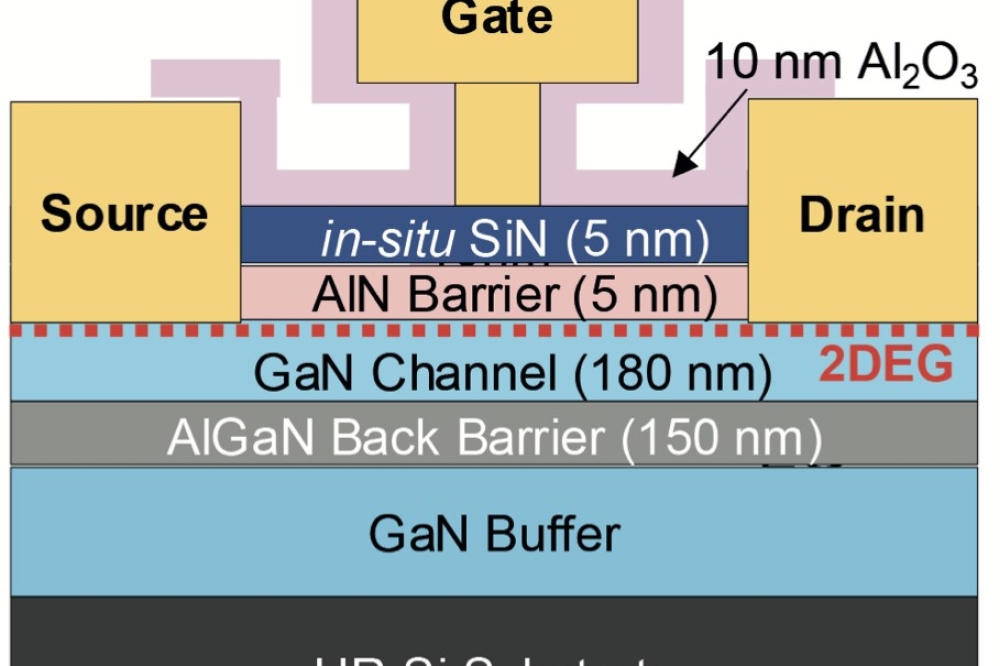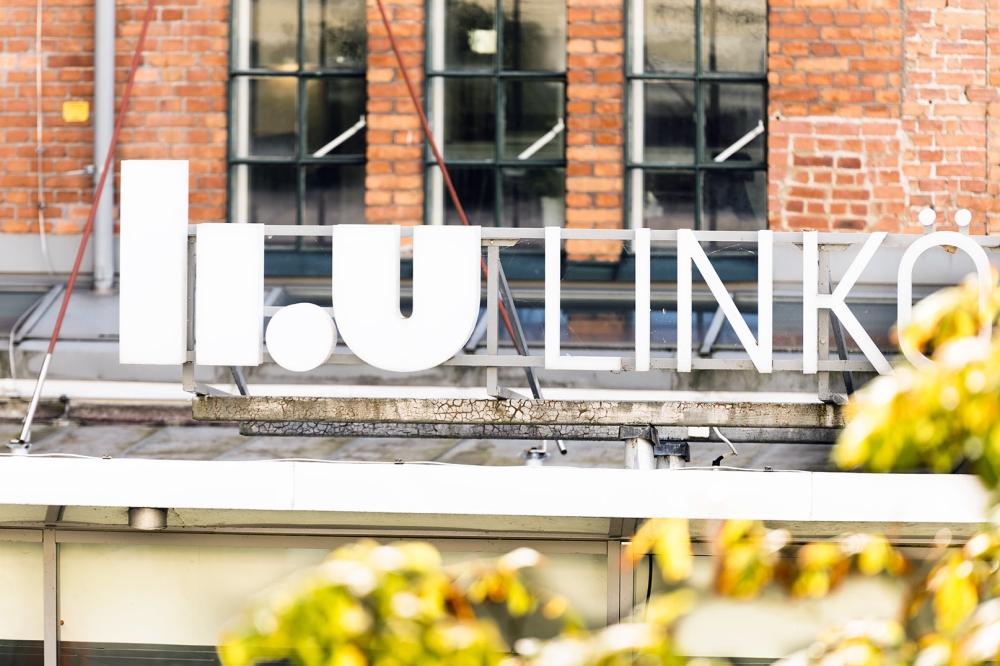Graphene, CIGS and glass sandwich forms Schottky junction
![]()
Left: Schematic of a graphene FET used in this study. Right: A scanning electron micrograph of the device as seen from above, with the white scale bar measuring 10µm, and a transmission electron micrograph inset of the CIGS/graphene interface where the white scale bar measures 100nm.
Scientists at the US Department of Energy's (DOE) Brookhaven National Laboratory, Stony Brook University (SBU), and the Colleges of Nanoscale Science and Engineering at SUNY Polytechnic Institute have developed a simple and powerful method for creating resilient, customised, and high-performing graphene: layering it on top of glass. They published their results February 12, 2016, in the journal Nature Scientific Reports.
The team set out to optimise a solar cell containing graphene stacked on a high-performance CIGS semiconductor, which in turn was stacked on an industrial soda-lime glass substrate. The scientists then conducted preliminary tests of the novel system to provide a baseline for testing the effects of subsequent doping. But these tests exposed something strange: the graphene was already optimally doped without the introduction of any additional chemicals.
"To our surprise, the graphene and CIGS layers already formed a good solar cell junction!", said coauthor Nanditha Dissanayake of Voxtel, but formerly of Brookhaven Lab. "After much investigation, and the later isolation of graphene on the glass, we discovered that the sodium in the substrate automatically created high electron density within our multi-layered graphene."
While achieving strong p-doping is relatively straightforward, non-electrostatic approaches to n-dope graphene, such as chemical doping, have yielded electron densities of 9.5x1012 e/cm2 or below. In this work, the team demonstrated strong (1.33 x1013 e/cm2), robust, and spontaneous graphene n-doping via surface-transfer doping from sodium without any external chemical, high-temperature, or vacuum processes.
The n-doping reaches 2.11x1013 e/cm2 when graphene is transferred onto a p-type CIGS semiconductor that itself has been deposited onto soda-lime-glass, via surface-transfer doping from Na atoms that diffuse to the CIGS surface.
Using this effect, the team demonstrated an n-graphene/p-semiconductor Schottky junction with ideality factor of 1.21 and strong photo-response. The ability to achieve strong and persistent graphene n-doping on low-cost, industry-standard materials paves the way toward an entirely new class of graphene-based devices such as photodetectors, photovoltaics, sensors, batteries, and supercapacitors, says the team.
The scientists now need to probe more deeply into the fundamentals of the doping mechanism and more carefully study material's resilience during exposure to real-world operating conditions. The initial results, however, suggest that the glass-graphene method is much more resistant to degradation than many other doping techniques.
'Spontaneous and strong multi-layer graphene n-doping on soda-lime glass and its application in graphene-semiconductor junctions' by D. M. N. M. Dissanayake et al; Nature Scientific Reports 6, Article number: 21070 (2016)


































